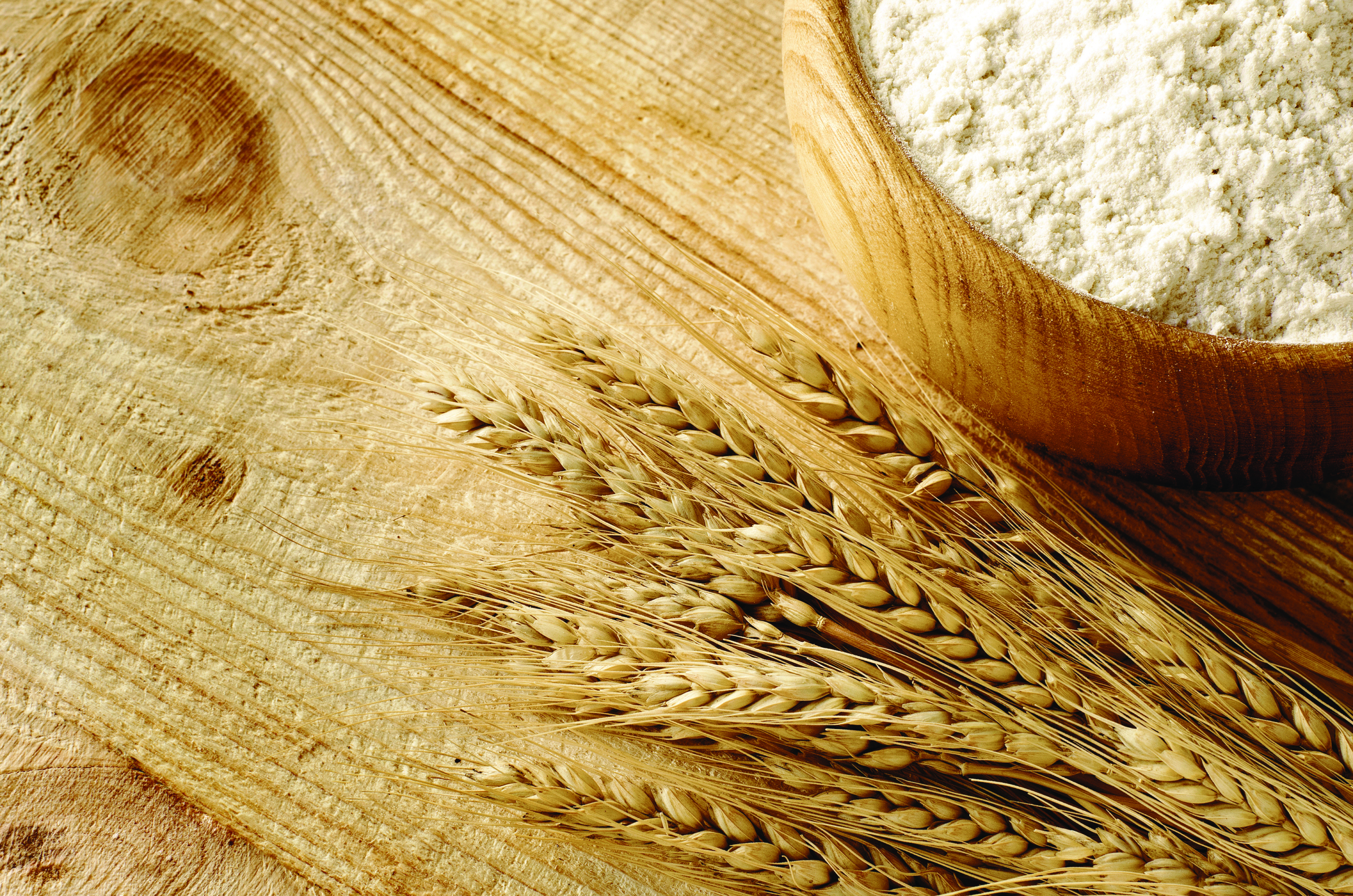By Mark Fowler, USW Vice President of Global Technical Services
[Editor’s Note: This is the second in a series of articles designed to help flour millers transition efficiently and effectively from old to new crop wheat.]
Delivering a homogeneous mix of wheat to the mill is critical to optimize mill performance and assure consistently high-quality flour products for end-user customers. Blending wheat prior to conditioning and milling is a necessary part of this process and is even more critical as the farmers who grow your grist are harvesting their new wheat crop.
To maximize product quality and cost, both the miller and the baker are rewarded by processing a consistent wheat blend. Consistency is the most critical flour quality characteristic for large bakeries. Delivering a consistent product during harvest and new crop transition can be a challenge. However, a well-defined and implemented plan can assure a successful transition for both the miller and the baker.

Flour extraction, or yield, is the main measure of efficiency of the milling process. Differences in the physical attributes of wheat such as moisture, kernel size and density do change the mill balance and may lower extraction rates, flour output and ultimately lower profitability for the miller. Careful blending of new and old crop wheat is the best defense against these risks.
How much and how soon to incorporate new crop wheat into the mill grist is an important consideration during the harvest transition. In most cases, existing inventory constraints make this decision for the miller. In my experience, an optimal blending plan is to incorporate new crop into the mill grist at a rate of 10 percent in the beginning and gradually increase the blend, ideally over four to six weeks. The transition can be longer depending on the availability of new crop wheat and storage capacity in the mill. The most important thing is to lay out a blending plan as you tender for your first delivery of new crop wheat.
Blending old and new crop wheat always provides other benefits to the flour miller. Blending wheat based on quality characteristics such as protein content or water absorption allows the miller to provide the baker flour that meets their desired quality characteristics. And blending wheat of various classes or origins purchased at different prices also helps the miller meet customer demand at the best possible variable cost.
In the next post in this series, we will address the potential changes to flour quality characteristics due to new crop wheat and blending to meet flour quality characteristics expected by our customers. As always, U.S. Wheat Associates (USW) technical experts are available to answer any question our customers may have by contacting their local USW office, or by sharing a question in our new “Ask the Expert” section of our website at https://uswheat.org/market-and-crop-information/ask-the-expert/.


